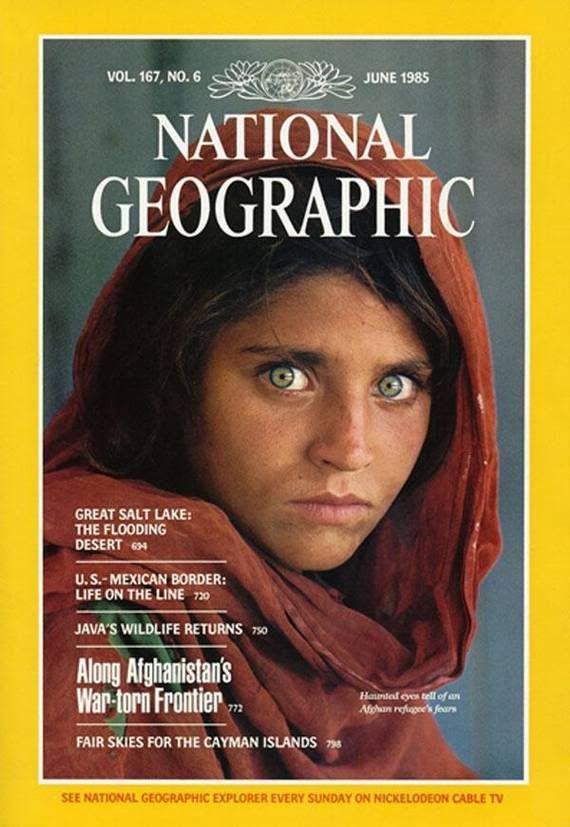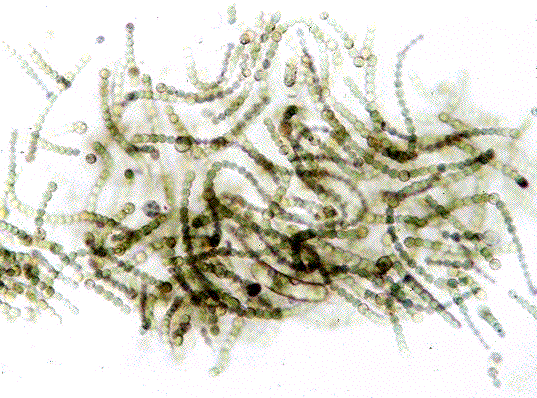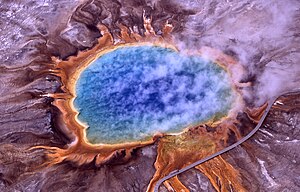Happy summer!
You will be reading "The Most Dangerous Game" by Richard Connell with Ms. Grinnell this summer. We often think of literature separately from science. However, often knowing the "science" behind a story can make it easier to visualize what is happening and can help you learn more about the setting, plot, and characters. It can help you make decisions that the story drives you to determine. It can help you decide if you think the story is realistic or not.
Below you will find information about different aspects of the story from a scientific point-of-view.
Here is a map of some of the general area where Rainsford and his crew are headed to hunt jaguars:
View The Most Dangerous Game in a large
The map below shows the Amazon River and the biomes through which it travels:
Classic yacht designs and pictures can be found here.
Is hunting fair?
What do animals know about themselves?
What do you think? Do animals feel pain? Does it matter if they do?
Read one article about bioethics, animals, and pain here.
"Life is for the strong, to be lived for by the strong, and, if needs be, taken by the strong." -General Zaroff
Here is some information about the science behind natural selection and "survival of the fittest".
Information about trapping animals can be found here. (Sorry, it's wikipedia... :-)
Additional Resources:
http://wwf.panda.org/what_we_do/where_we_work/amazon/about_the_amazon/
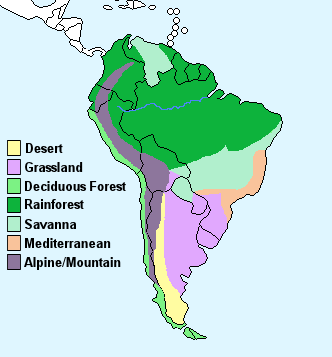



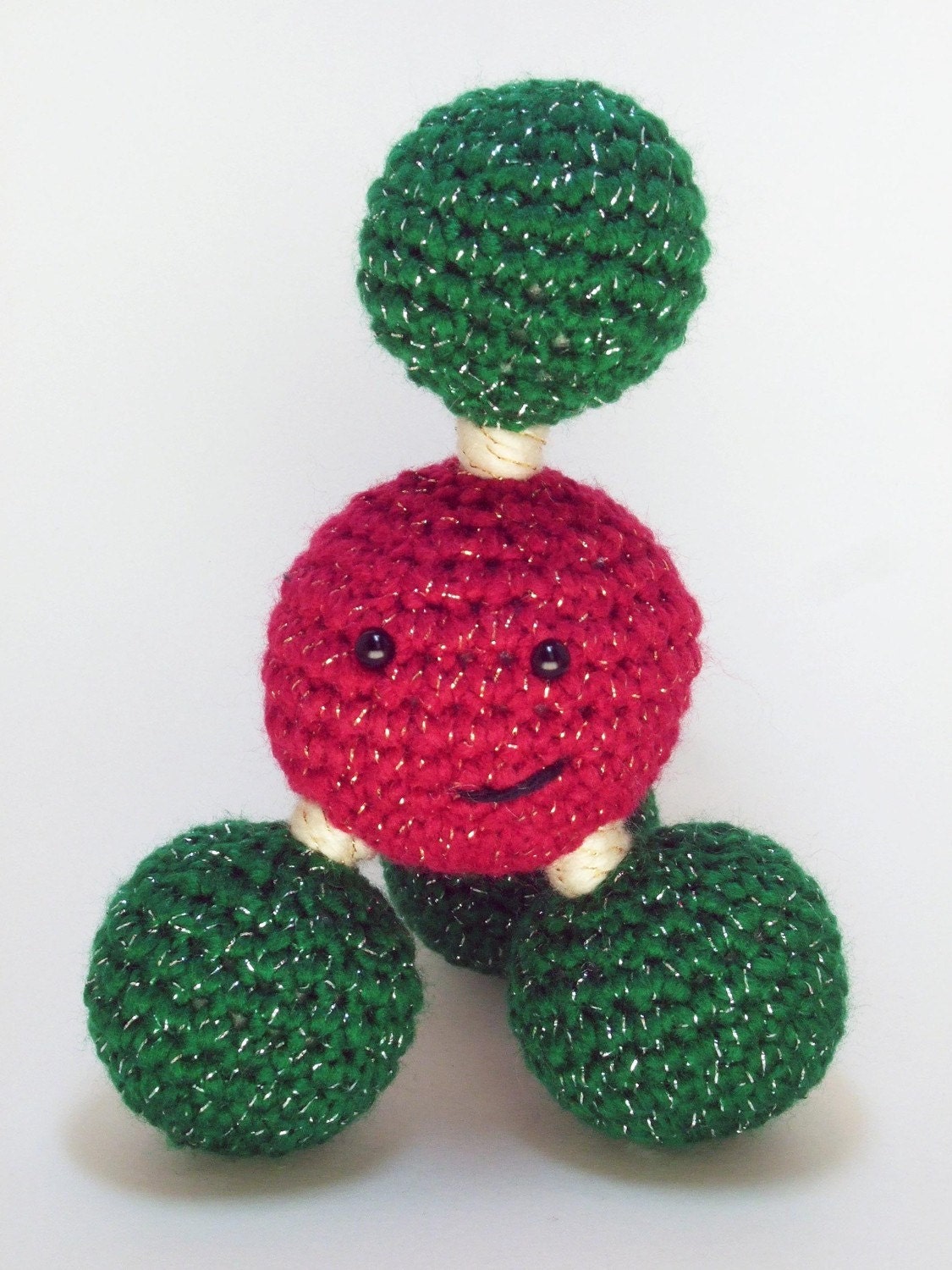
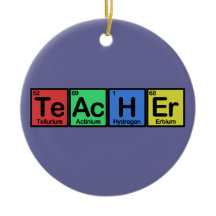

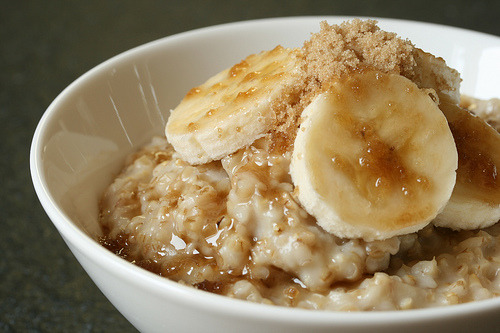



.png/220px-Paul_F%C3%BCrst,_Der_Doctor_Schnabel_von_Rom_(Holl%C3%A4nder_version).png)

